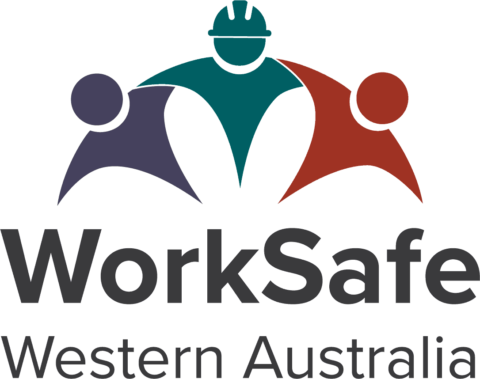Western Australian companies use conveyors throughout the State’s mining and resources sector. However, they remain one of the most hazardous types of plant. Serious and fatal incidents persist
when workers come into contact with moving parts, including tail drums, rollers, pulleys, idlers and nip
points, and their clothes, tools or limbs become entangled in a matter of seconds.
Guarding is the primary control measure to prevent access to these danger zones. Under the Work Health and Safety (Mines) Regulations 2022, effective guarding must be in place wherever there’s a risk of injury from moving parts. Guarding must also prevent deliberate access while still allowing safe inspection, cleaning and maintenance, which are common activities when incidents occur.
Despite clear legal requirements and long-standing industry learnings, deficiencies in conveyor guarding
remain a recurring cause of serious harm. Common issues found include:
- guards not being designed, installed or maintained to the required standard;
- guards being removed or bypassed to carry out maintenance and makeshift repairs or clear
blockages and spills; - inadequate lockout/tagout procedures during cleaning or when blockages occur; and;
- workers not receiving training to recognise and report poor guarding standards.
The four successful WorkSafe prosecutions in this special edition highlight the devastating
consequences of inadequate conveyor guarding and serve as reminders that these failures are both
preventable and enforceable under the law.

